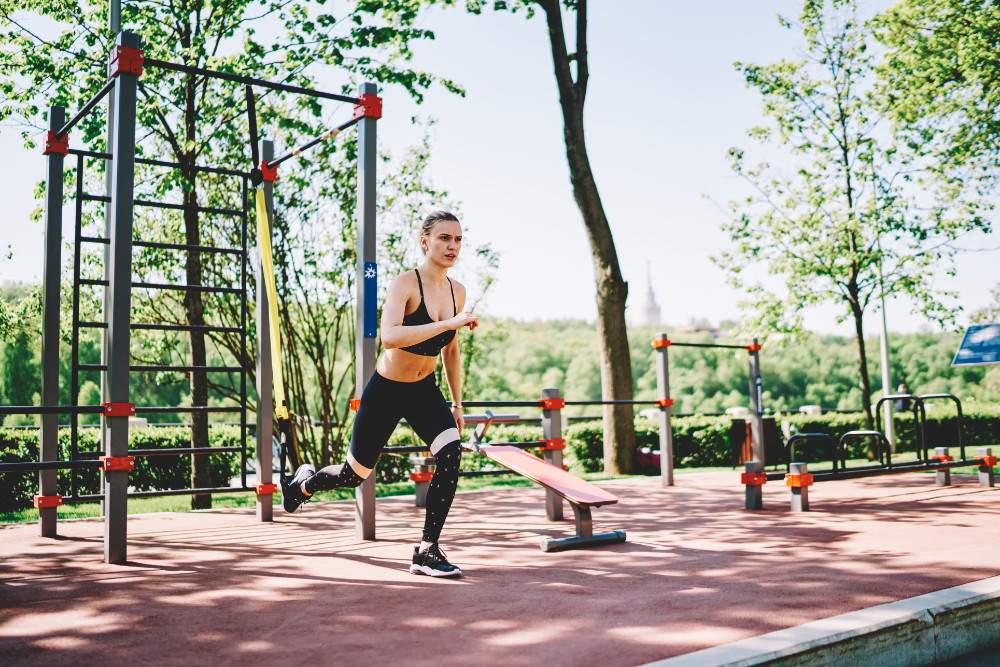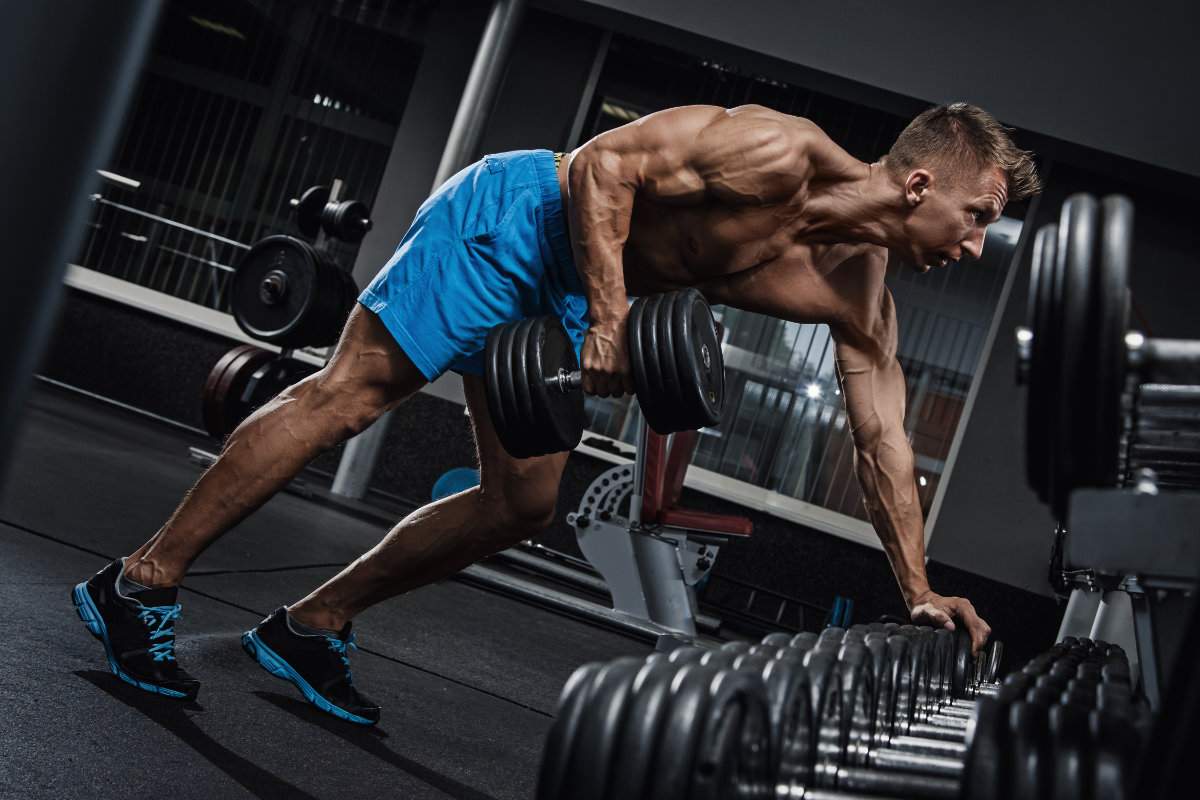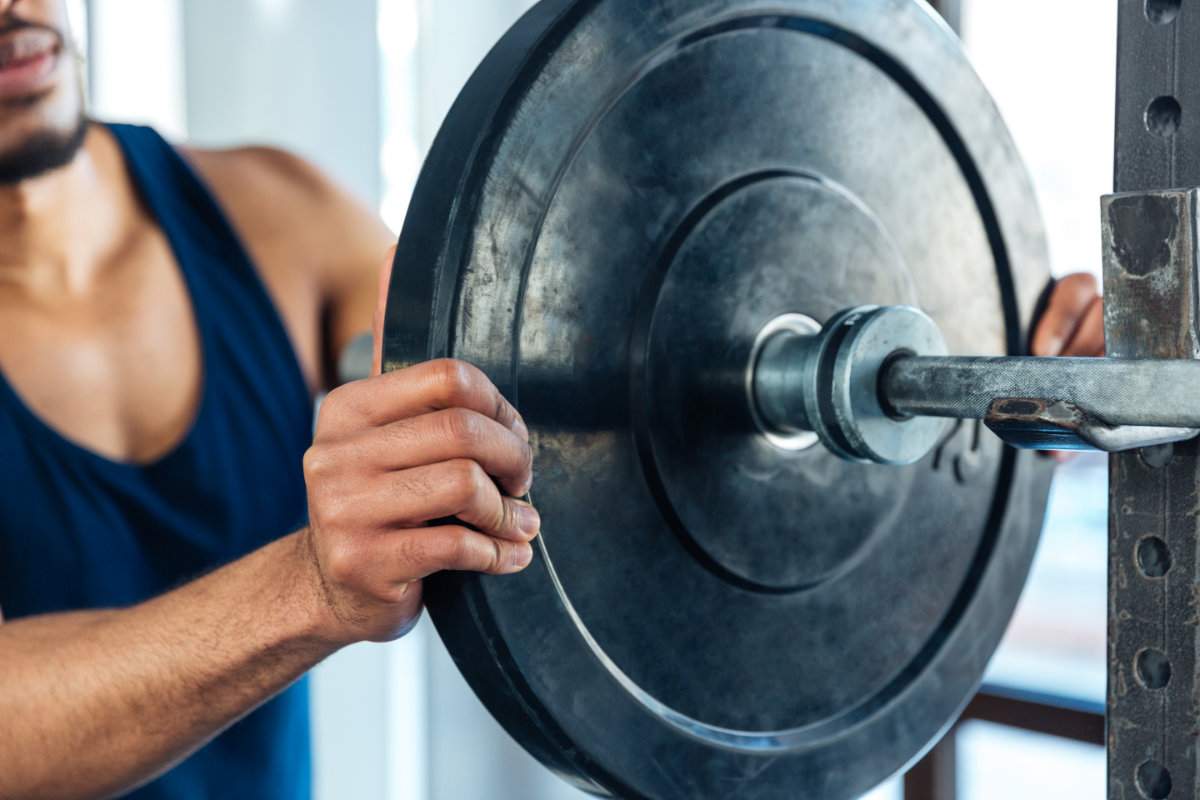You don’t need a gym membership to get strong. Melbourne has free outdoor fitness parks with real equipment. Not playground stuff – actual training gear that works.
What’s Actually At These Parks?
Most parks have pull-up bars at different heights, parallel bars for dips, sit-up benches, push-up bars, and balance beams. The good ones also have resistance stations, leg press machines, and rowing equipment.
The equipment is heavy-duty steel built for Australian weather. You can do the same exercises personal trainers charge $80 to $120 per session to teach you. Research shows strength training twice per week builds bone density and muscle mass. After 30, you lose 3% to 8% of muscle mass every decade if you don’t train.
Where To Find The Best Parks
Top 5 Melbourne Spots
- Princes Park, Carlton – 12 different stations with pull-up bars, dip bars, and core equipment near the running track
- Flagstaff Gardens, Melbourne CBD – Perfect if you work in the city, 8 stations with instruction signs on each piece
- Fawkner Park, South Yarra – 10 stations spread out with equipment for upper body, lower body, and core
- Caulfield Park, Caulfield – Big fitness area with 15 stations, gets packed after 5pm on weekdays
- Darebin Parklands, Alphington – Newer park with modern equipment and good lighting for evening sessions
Local councils maintain these parks and check them regularly. Equipment gets replaced when it wears out, unlike some gym equipment that stays broken for months.
How To Use The Equipment
Each piece targets specific muscles. Pull-up bars build your back and biceps. Research shows vertical pulling exercises like pull-ups create more back width than rowing. Dip bars work your chest, shoulders, and triceps. One study found dips activated chest muscles better than bench press for some people.
9 Steps To Shed 5-10kg In 6 Weeks
Includes an exercise plan, nutrition plan, and 20+ tips and tricks.
Download FreeYou don’t need weights to get stronger. Studies prove body weight training builds muscle just as well as gym weights when you train hard enough. The key is progressive overload – making exercises harder over time.
Start with basics. Can’t do a full pull-up yet? Use a lower bar and do jumping pull-ups or negative pull-ups where you jump up and lower yourself slowly. That slow lowering builds strength fast. Research shows the lowering part of an exercise builds more muscle than the lifting part.
What Results Can You Actually Get?
You can build serious muscle and strength using just fitness parks. Personal trainers charge $100+ per session to teach these exact movements. The difference between someone training at a fitness park versus a gym isn’t the results – it’s whether they know what they’re doing.
Studies on daily energy expenditure show people with fast metabolisms can burn 5,700 calories per day while people with slow metabolisms burn 1,400 calories per day at the same body weight. Exercise helps, but it’s not just about burning calories during the workout. Strength training increases your metabolism for hours after you finish.
Building muscle matters more than most people think. After 40, you lose muscle and bone density faster. By 60, the loss speeds up even more. Falls cause 32,000 deaths per year in adults over 65. Strength training prevents this by building bone density and muscle that protects you.
How Often Should You Train?
Train 2 to 3 times per week minimum. Research shows you need at least 10 sets per muscle group per week to see good growth. More sets (up to 20-30 per week) can work better for experienced people, but beginners should start lower.
Each session should last 30 to 60 minutes. You don’t need to train for hours. Short, hard sessions work better than long, easy ones. Focus on exercises that work multiple muscles at once – pull-ups, dips, squats, and push-ups.
Rest days matter as much as training days. Your muscles grow during recovery, not during the workout. Training the same muscles hard every day stops progress and increases injury risk.
Do Fitness Parks Work As Well As Gyms?
Yes. The main difference is gyms let you add weight more easily. But research shows beginners can build muscle for years using just body weight exercises.
Gyms cost $15 to $80 per week in Melbourne. Over a year, that’s $780 to $4,160. Fitness parks cost nothing. The money you save can go toward better food, which matters more for results than fancy equipment.
One advantage of fitness parks is fresh air and sunlight. Training outdoors gives you vitamin D, which most Australians don’t get enough of. Vitamin D helps with bone health, immune function, and mood.
Your First Workout
Beginner Workout
- Warm up for 5 minutes – walk around the park, do arm circles, leg swings
- Squats – 3 sets of 10 reps (no equipment needed)
- Push-ups – 3 sets of 8-12 reps (use push-up bars if available)
- Assisted pull-ups – 3 sets of 5-8 reps (use lower bar and jump up)
- Dips – 3 sets of 6-10 reps (bend knees if too hard)
- Plank – 3 sets of 30 seconds
Rest 90 seconds between sets. The whole workout takes 30 to 40 minutes. Do this 3 times per week with at least one rest day between sessions.
Track your workouts. Write down how many reps you did. Next time, try to do one more rep or make the exercise slightly harder. This progressive overload is what makes you stronger.
What Mistakes People Make
The biggest mistake is not having a plan. People show up, do random exercises, and wonder why nothing changes. You need a structured program that gets harder over time.
Second mistake is bad form. Pull-ups done with swinging and kipping don’t build muscle as well as controlled pull-ups. Take 1 second to pull up, pause at the top, then take 3 seconds to lower down. That slow lowering builds more muscle according to research.
Third mistake is training the same way forever. Your body adapts to exercise. After a few weeks, the same workout stops working as well. You need to add reps, slow down the movement, or try harder variations.
Can You Lose Weight Training At Fitness Parks?
Yes, but weight loss comes mostly from eating less food, not from exercise. Research shows exercise alone doesn’t cause much weight loss because your body compensates by moving less during the rest of the day.
Strength training helps weight loss in three ways. First, it builds muscle, which burns more calories than fat (muscle burns 6 calories per pound per day, fat burns 2 calories per pound per day). Second, it increases your metabolism for hours after training. Third, it helps you keep muscle while losing fat, so you look better at your goal weight.
For weight loss, combine fitness park training 3 times per week with eating in a calorie deficit. Most people need to eat 300 to 500 fewer calories per day to lose 0.5 to 1 kg per week.
Questions People Ask
Are fitness parks safe to use?
Yes. Melbourne council fitness parks are inspected regularly and built to Australian safety standards. The equipment is designed for outdoor use and handles weather well. Use common sense – check equipment before using it and don’t train on damaged equipment.
What time are fitness parks least busy?
Early morning (6am to 8am) and mid-afternoon (1pm to 3pm) are quietest. After work (5pm to 7pm) gets very busy at popular parks. Weekends are busy from 8am to 11am.
Do I need to bring anything?
Bring water, a towel, and wear proper shoes. Some people bring resistance bands or a yoga mat for ground exercises. You don’t need gloves, but they help if your hands get sore from pull-up bars.
Can beginners use fitness parks?
Yes. Most equipment has easier and harder variations. Can’t do a pull-up? Use a lower bar and do jumping pull-ups. Can’t do dips? Do them with bent knees. Every exercise can be modified for your current fitness level.
What if I don’t know what exercises to do?
Most fitness parks have instruction signs on the equipment showing proper form. You can also watch YouTube videos before going, or follow a beginner body weight program. Start simple with squats, push-ups, and assisted pull-ups.
Bottom Line
Melbourne’s fitness parks give you everything you need to build strength, muscle, and fitness without paying gym fees. The equipment works, the locations are convenient, and the results are real if you train consistently with a proper plan.


